8 Flowers To Plant In August – For Dazzling Blooms Next Spring And Summer
Start sowing flower seeds in August to fill your garden with robust and beautiful blooms next year.
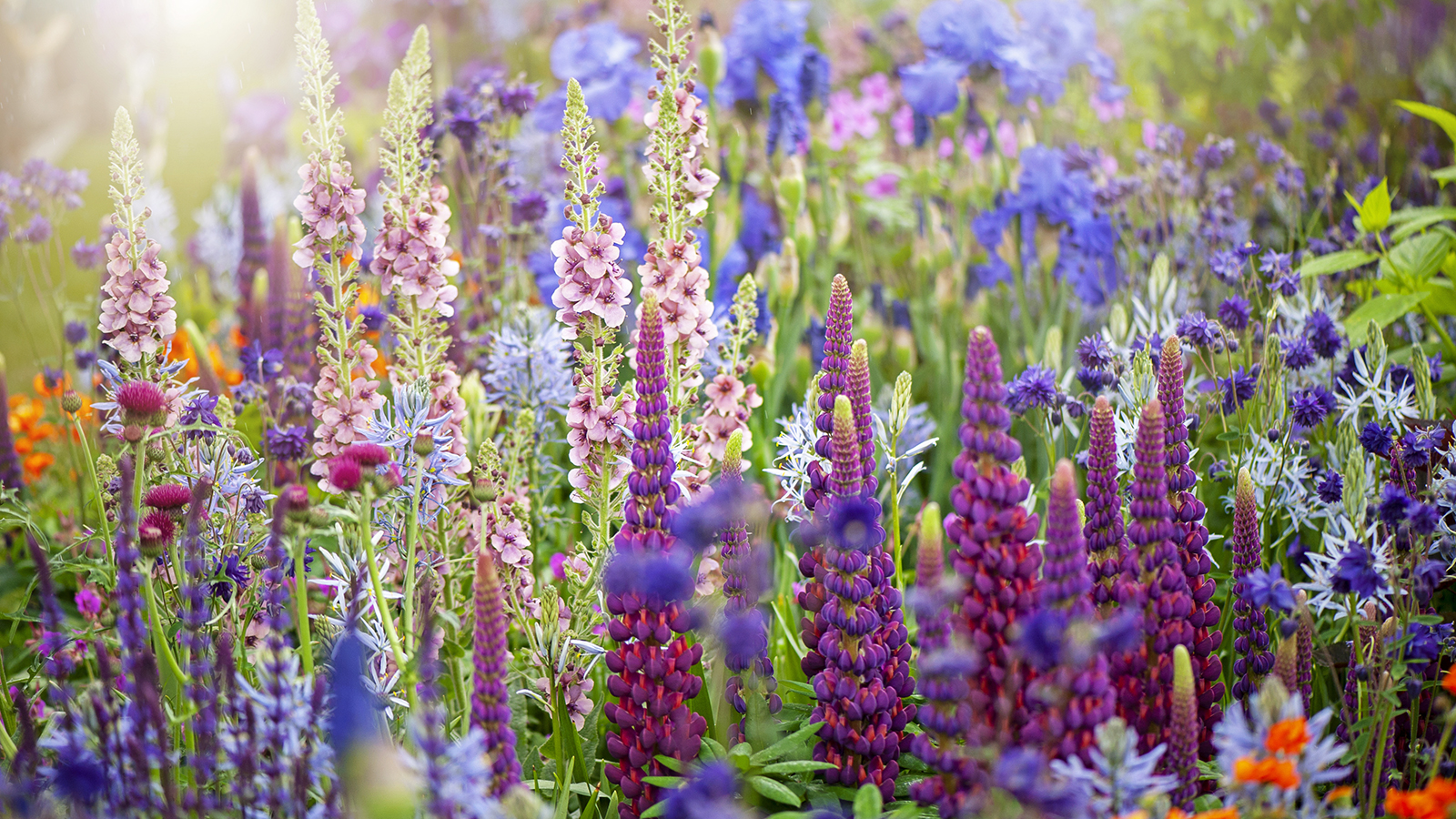

Summer has passed its peak, but the heady days of August are among the most joyful spent in the garden. While some plants are winding down for the season, late-summer bloomers keep borders bursting with color, and everything feels abundant and full of life.
But while you are soaking in the delights of this year's garden, start planning for next spring and summer. There are some beautiful flowers to plant in August, allowing you to get a head start on the upcoming growing season.
You can evolve your garden in many other ways – from vegetable seeds to plant in August, to propagating plants from cuttings and harvesting seeds from spent flowerheads. However, what could be more joyful than sowing flower seeds and nurturing the young seedlings into glorious blooms?
Before planting, check your chosen flower is compatible with your USDA hardiness zone and soil type. There is always flexibility, as plants can be overwintered indoors, grown as annuals, or protected from the high heat of the sun. Soil can be amended in beds or customized in raised beds and containers. However, gardening is always easier when you follow the mantra of "right plant, right place".
These flowers can be started from seed in August for flowers next spring or summer.
1. Poppies
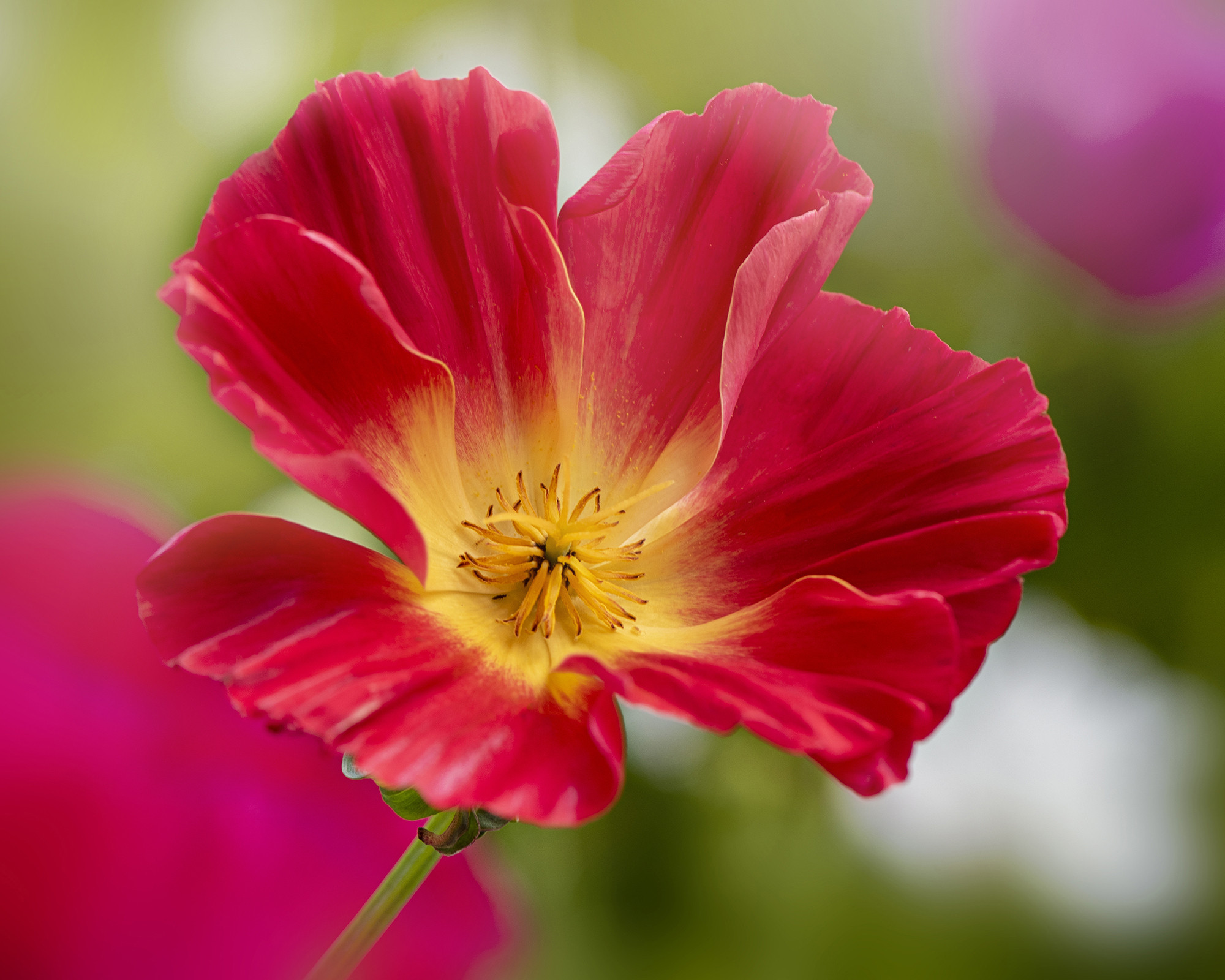
Poppies are brimming with symbolism and have been used for medicinal and culinary purposes for centuries. Flowering for a long period of summer, these delicate beauties add a bold pop of color to beds in iconic red, or a softer touch in shades of white, pink, purple, orange, or yellow.
There are several types of poppies you can grow, which span USDA zones 2-10. The common poppy (Papaver rhoeas L.) is an easy-to-grow annual that comes in a variety of colors, including red, white, yellow, pink, salmon, and lilac; California poppies (Eschscholzia californica) are prolific self-seeders that come in brilliant shades of orange, red, and yellow; the beautiful Icelandic poppy (Papaver nudicaule) comes in delicate pastel tones and makes an excellent cut flower; oriental poppies (Papaver orientale) are larger, showier perennials that come in a wide range of colors, often featuring a black blotch at the center, though they struggle in high heat.
Gardening tips, videos, info and more delivered right to your inbox!
Sign up for the Gardening Know How newsletter today and receive a free copy of our e-book "How to Grow Delicious Tomatoes".
Sow poppy seeds in a sunny spot in poor to average well-draining soil, in late summer to fall, or in spring. They hate to be transplanted, so sow them directly where you want them to flower.
Annual poppies require minimal care and watering, while perennial varieties may need staking and a little more care to water consistently. Deadhead poppies to keep plants flowering.
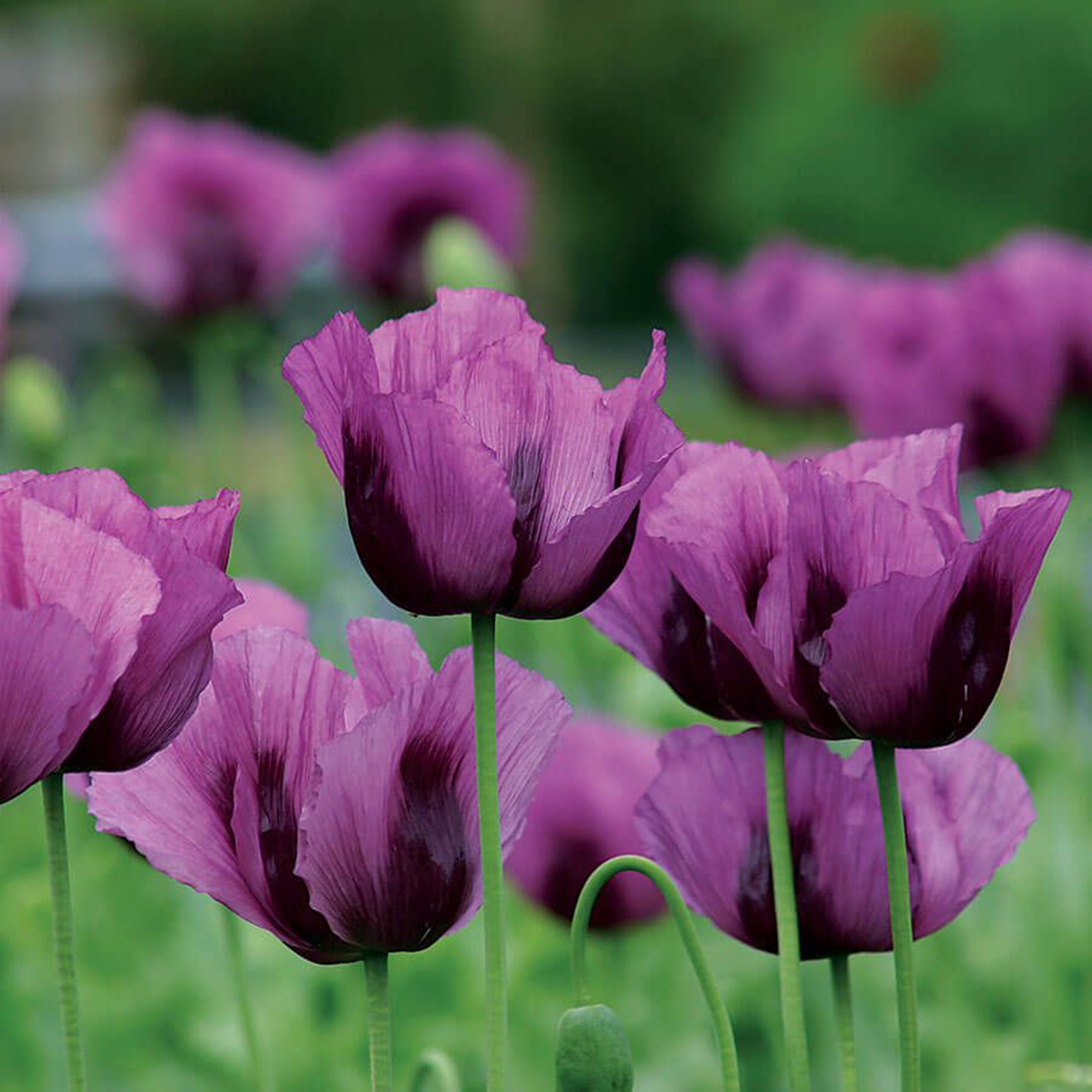
Hungarian Blue is a stunning heirloom poppy in bold purple-blue hues. It's a great choice for bakers as its delicious seeds can be harvested for sprinkling onto bread.
2. Coneflower
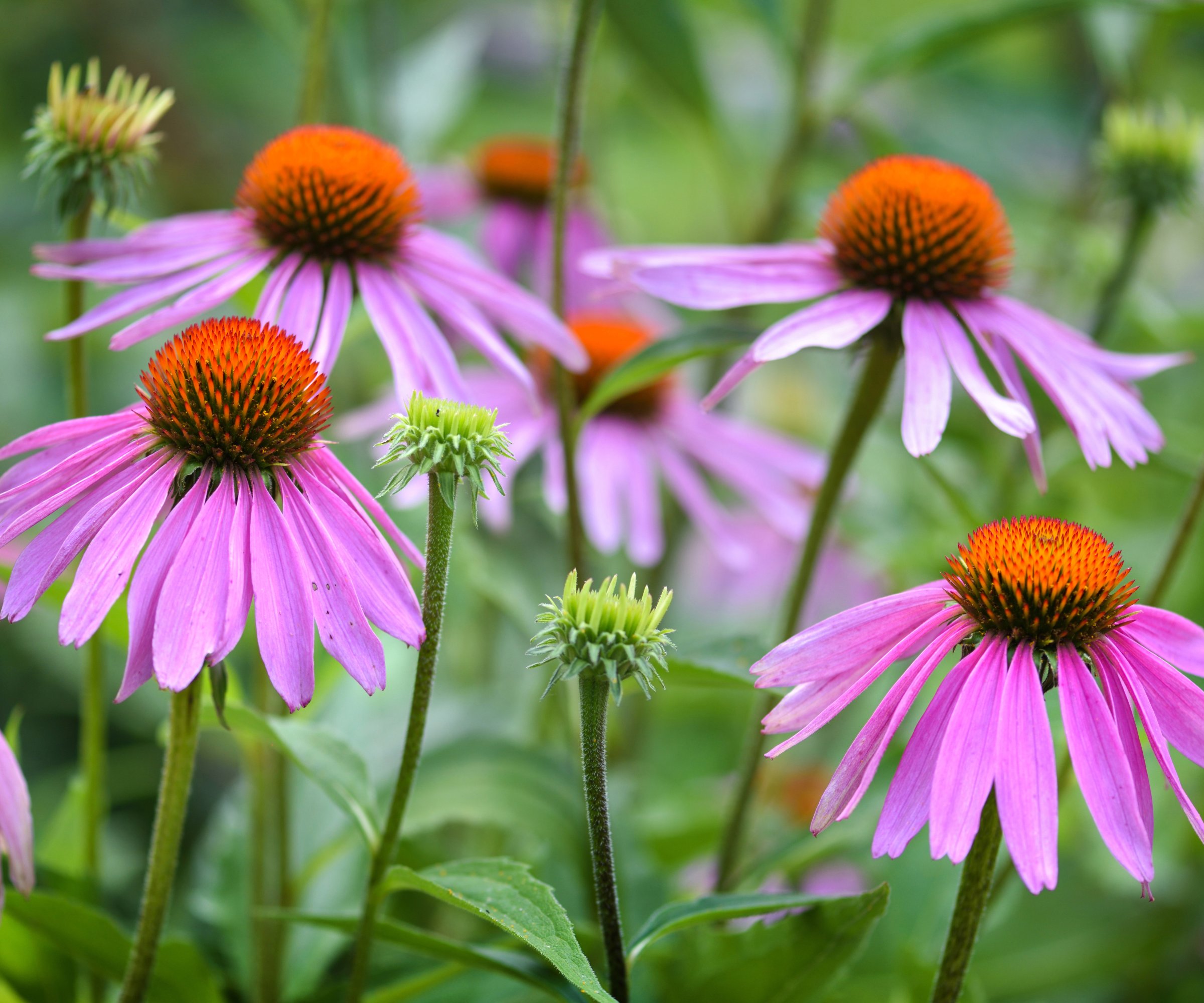
Beloved of pollinators, the native purple coneflower (Echinacea purpurea) makes a striking feature in the garden with its tall architectural flowerheads. There are also other types of coneflower to plant in gardens, in almost every shade of the rainbow, all featuring daisy-like blooms.
Coneflowers are low-maintenance, drought-tolerant, and deer-resistant. They thrive in low-fertile, well-draining soil in a sunny spot.
Many growers believe stratification (chilling) of the seeds for a few weeks produces more abundant flowering.
In late summer, when blooms appear tired, cut back the plant by a third. This will often generate a new crop of flowers that will endure until the first frosts.
Depending on the variety, coneflowers can be grown in USDA zones 3-10.

Cheyenne Spirit is a dazzling mix of vibrant colors with a pleasing form. Flowers show remarkable resilience, thriving with minimal watering and no deadheading.
3. Delphiniums
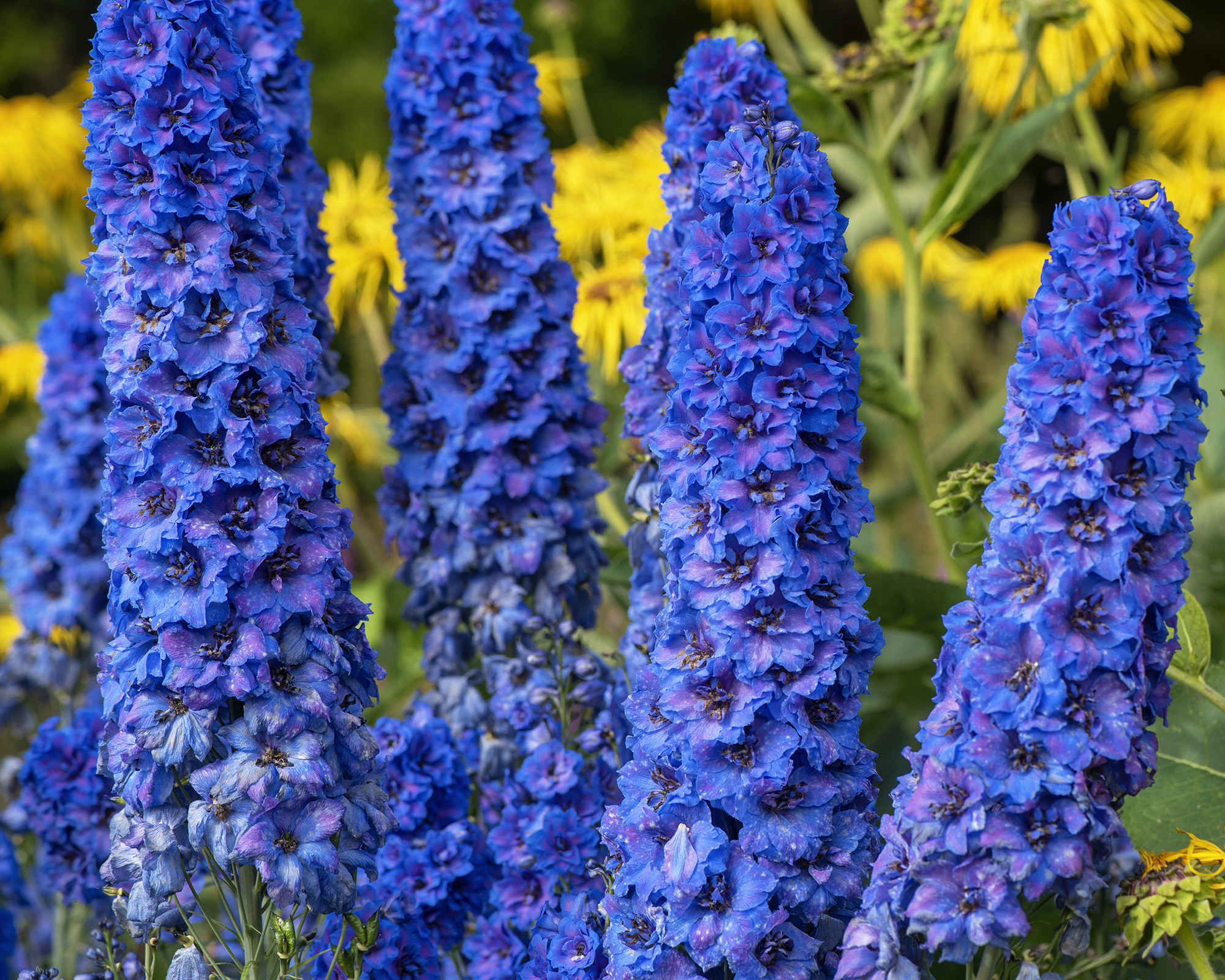
Reaching dizzy heights of up to 6 feet (2m), delphiniums (Delphinium) tower over borders in the summer garden, and are prized for their rare true blue color – although they are also available in shades of pink, purple, red, yellow, and white.
Sow seeds where you want flowers to appear in moist but well-draining soil, enriched with compost. They need to be located in a sunny spot, but will benefit from afternoon shade in hotter zones. Seedlings should appear in about three weeks.
Delphiniums do not like dry soil, so water consistently – but don’t overdo it – and mulch to retain moisture. The plants are heavy feeders, so fertilize regularly in the spring and summer.
There are options available to grow in USDA zones 3-9.
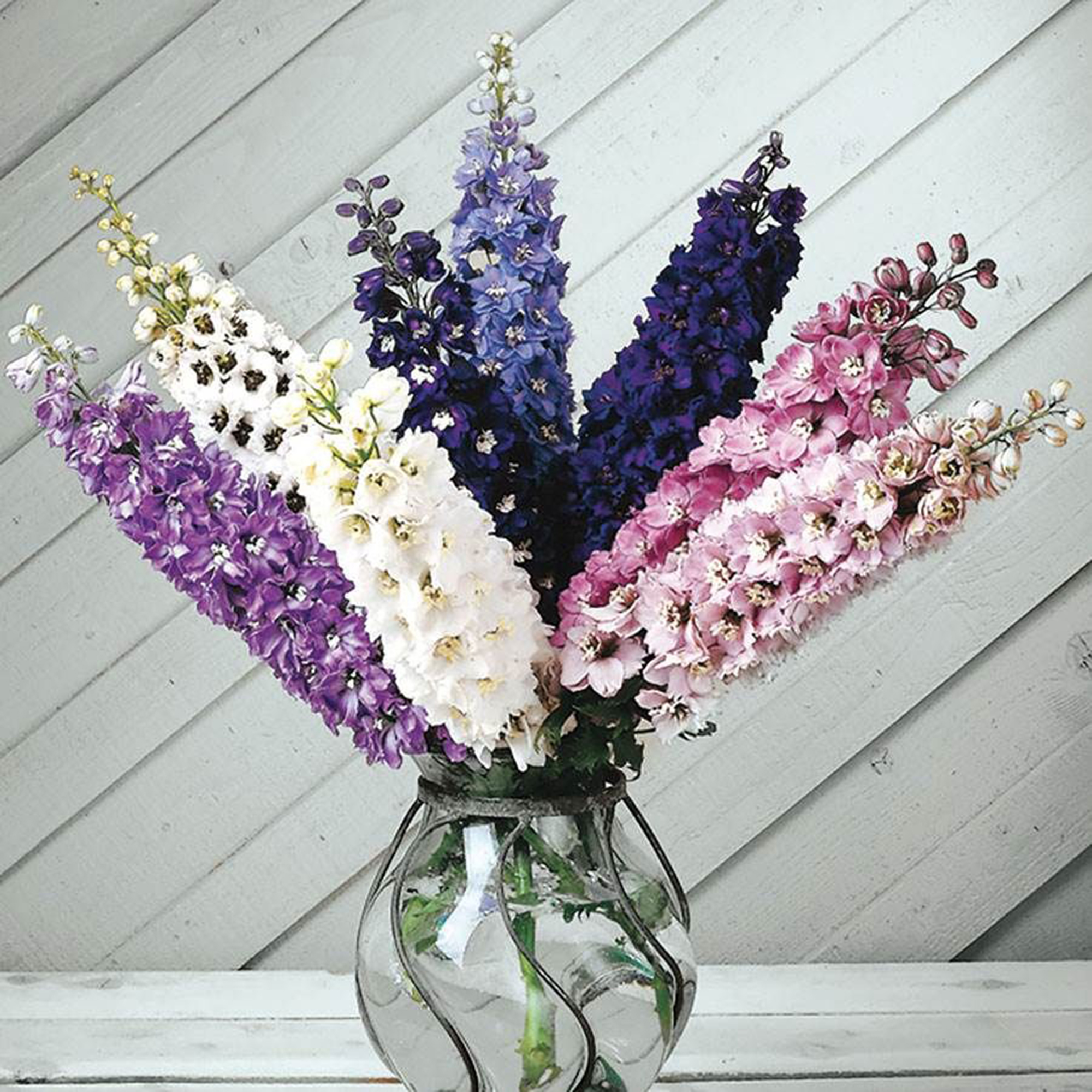
This selection of compact delphiniums dazzles from late spring through late summer. Now just a feast for the eyes, the flowers are magnets for bees, butterflies, and hummingbirds.
4. Snapdragons
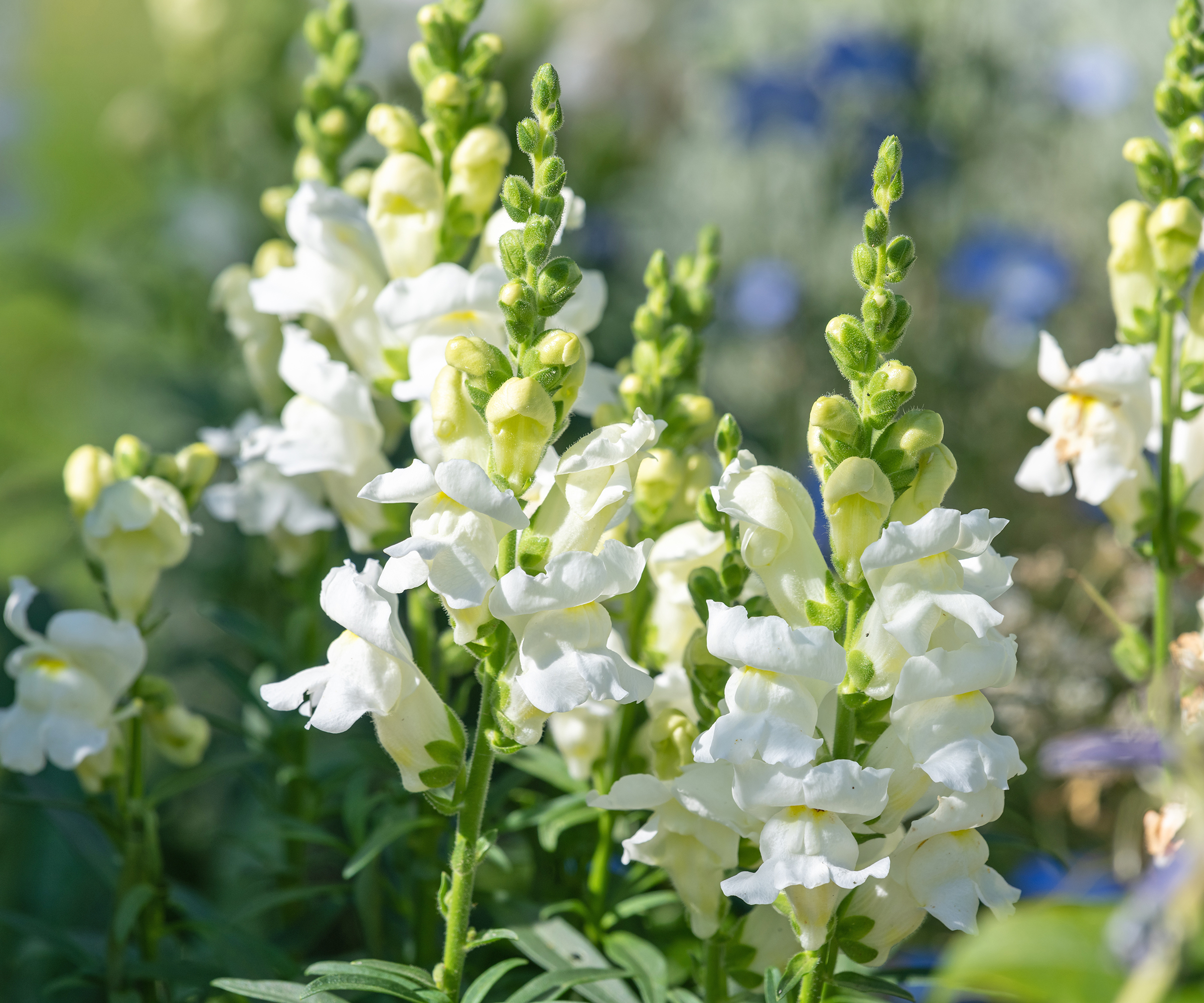
Snapdragons (Antirrhinum majus) are delightful mid-sized flowers available in a variety of colors, from bold red, orange, and yellow, to delicate pink and white. The flowers are more elegant than their name implies, but they are extremely resilient.
Usually grown as annuals, snapdragons can be grown as short-lived perennials in USDA planting zones 6-11, though they are generous self-seeders.
In warmer zones, flowers will bloom in spring, before dying out in the heat of summer. But in cooler zones, snapdragons can grow from spring until fall.
Snapdragons require full sun and well-draining soil. Pinch out the top stem and long side shoots to encourage more flowers and a more pleasing form. Water regularly in dry periods.
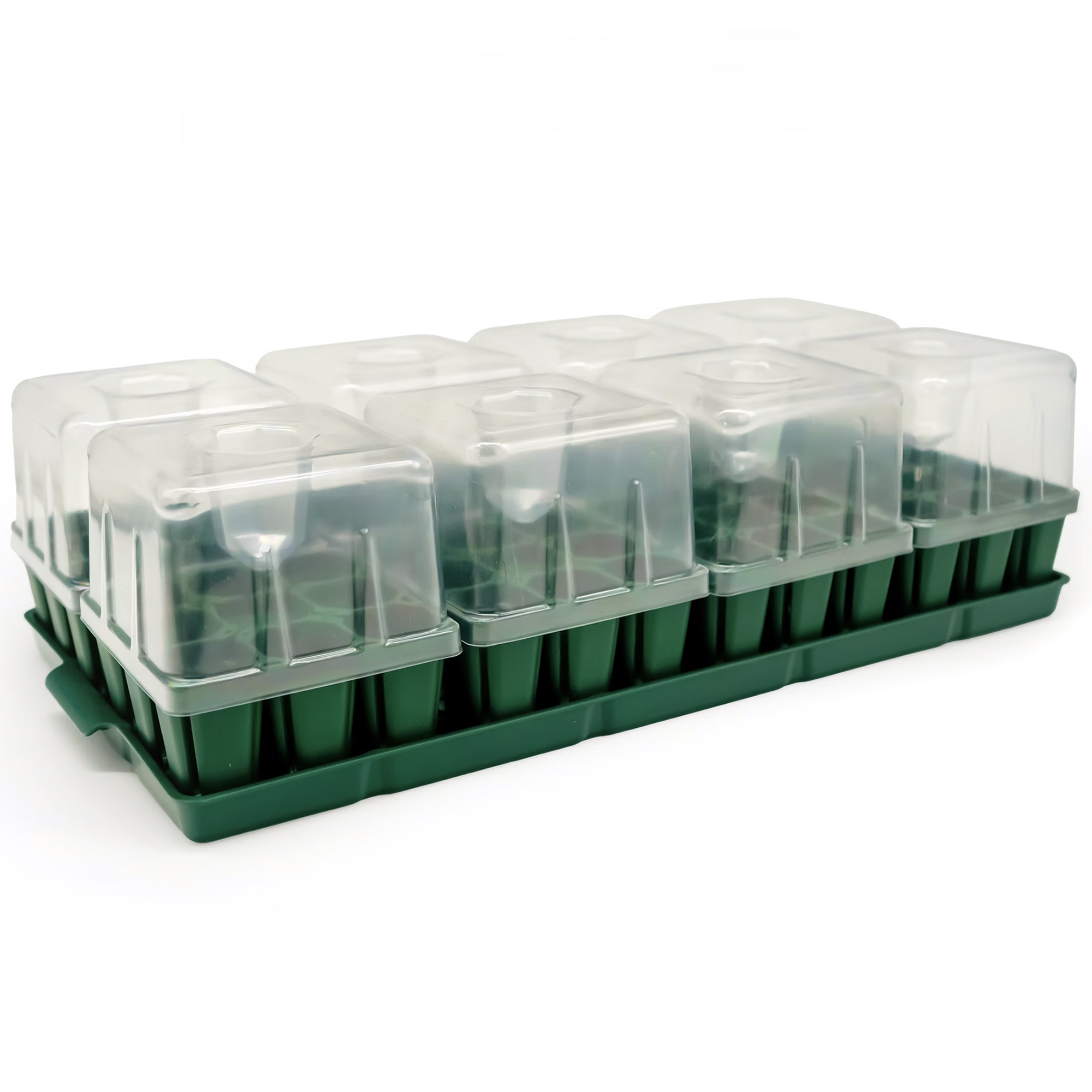
Get seeds off to the best start with a customizable seedling kit. Start with a base tray, add your chosen insert, and finish with an innovative lid complete with a drip-irrigation chamber.
5. Calendula
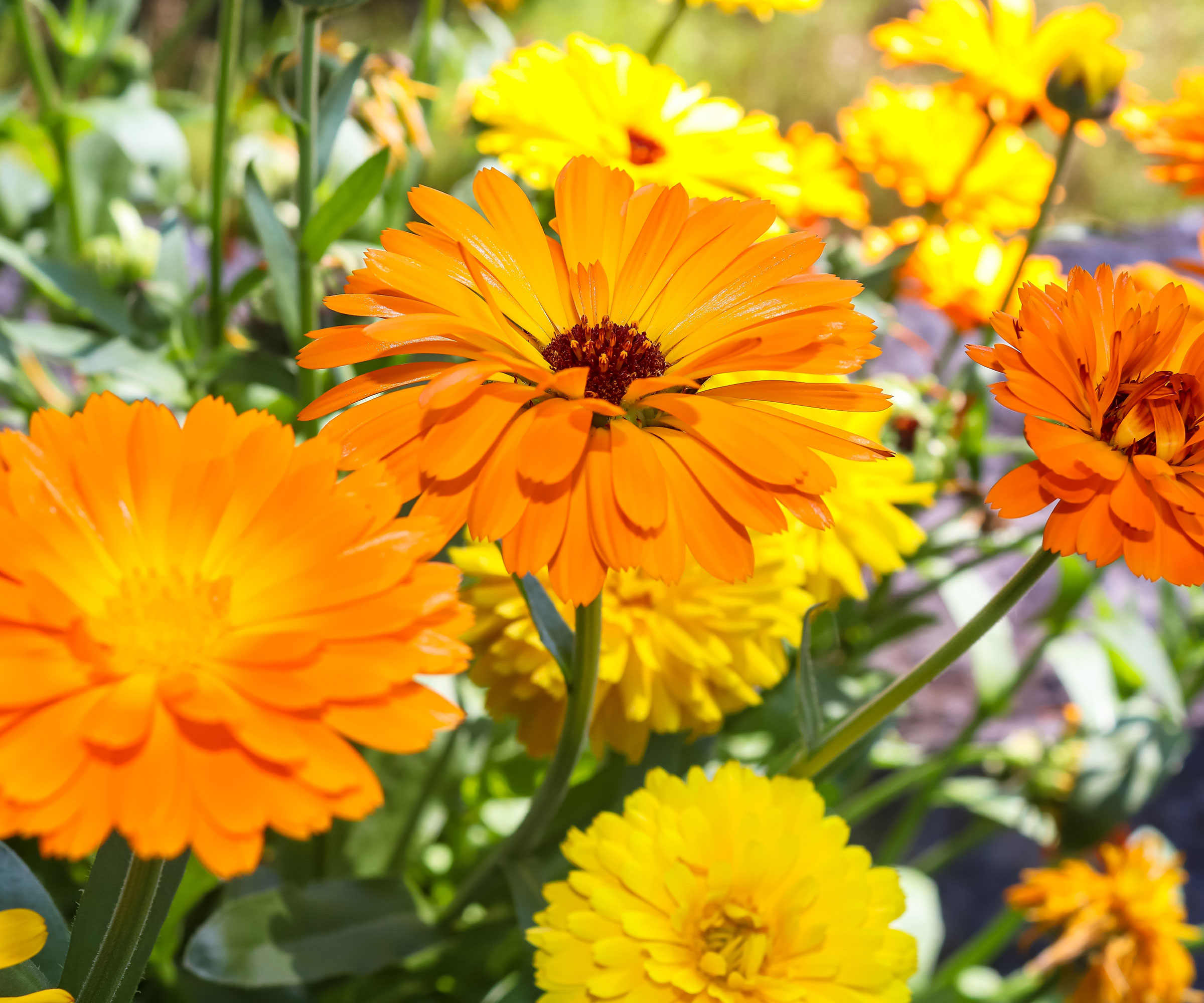
Calendula – or pot marigolds – (Calendula officinalis) are easy-going flowers that thrive in poor to average soil in full sun to light shade. The flowers are edible and have a tangy, peppery flavor. Their fragrance makes them a valuable companion plant for vegetables as they attract many predator insects and serve as a “trap” plant to entice pests away from crops.
Calendula is hardy in USDA zones 9-11 – in cooler zones, it is grown as an annual. Sow seeds directly in late August to fall for spring blooms. Seedlings will appear within a few weeks and will overwinter before bursting forth with golden flowers once the ground warms up in spring.
Plants require minimal care – just occasional watering and deadheading. Pinch out stalks to avoid plants growing spindly.
6. Pansies
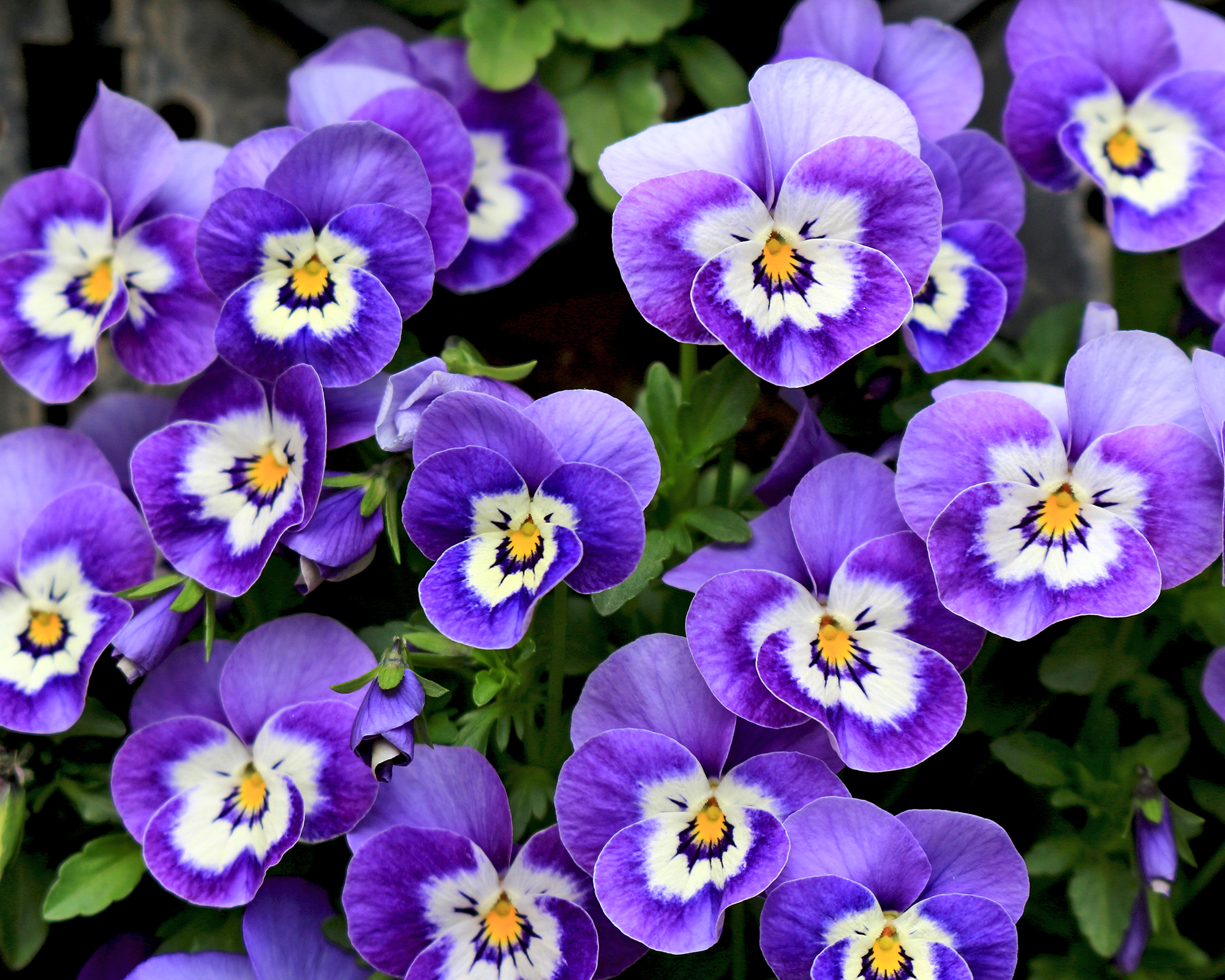
Another edible flower, the pansy (Viola x wittrockiana) is a cheery sight in gardens when little else is in bloom. They can be grown in all USDA zones, although the peak time of year varies. For many gardeners, an August sowing will reward you with a showy display of color come spring.
Pansies are low growing, so plant them in hanging baskets or containers on the patio, or use them to edge garden beds.
Sow into seed trays for transplanting in early spring, and protect seedlings in severe weather. Plant in well-draining soil enriched with organic matter and water in dry periods. Deadhead pansies regularly for a long season of flowers.
7. Lupines
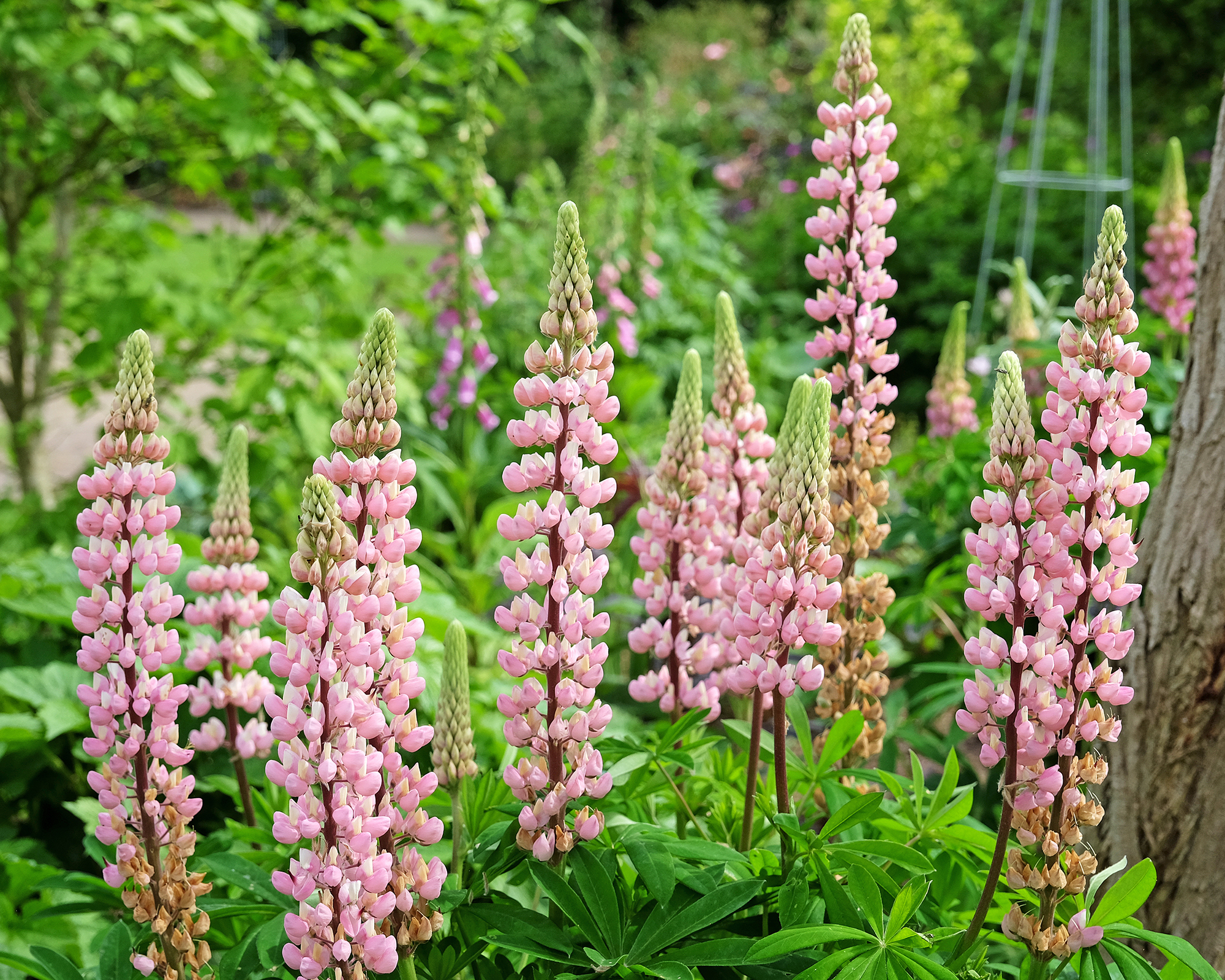
Lovely lupines (Lupinus spp.) are staples of cottage gardens and add a welcome pop of color to the back of flower beds. The flowers are magnets for pollinators and serve as host plants for the larvae of endangered butterfly species.
Sow lupine seeds in late summer or fall, in a sunny spot in well-draining soil. Before planting, soak the seeds overnight in lukewarm water to soften the coating and encourage germination.
Lupines prefer average soil, so do not amend before planting. However, fertilizing plants in spring will encourage flowering. Deadhead spent blooms to keep plants producing.
There are lupine options for USDA zones 3-9.
8. Hollyhocks
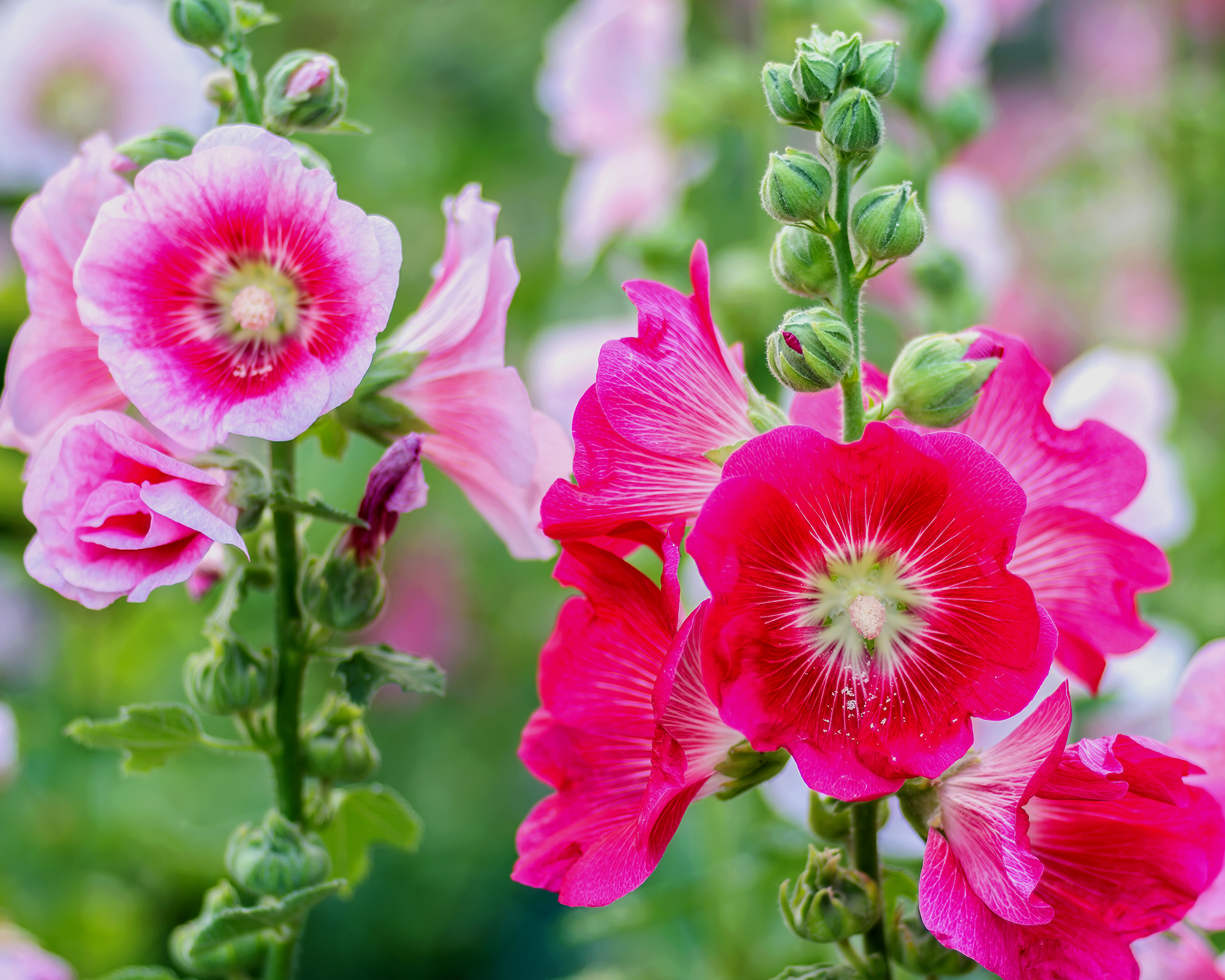
Hollyhocks (Alcea rosea) make a real statement in the summer garden and are perfect front-yard flowers to add curb appeal. The towering beauties flower all summer long and attract bees and butterflies. They can be grown in USDA zones 3-9.
Usually, hollyhock seed is sown in late spring to early summer. However, a late-summer or early-fall sowing still gives plants time to develop in time for a show of flowers the following summer.
Sow seeds into small pots and overwinter in a greenhouse or cold frame. Plant in their final positions in the spring, choosing a full-sun spot in rich, fertile soil.
Hollyhocks are heavy feeders, so fertilize every 6-8 weeks after planting. Water regularly in dry periods.
This article features products available from third-party vendors on the Gardening Know How Shop.

Melanie is an experienced gardener and has worked in homes and gardens media for over 20 years. She previously served as Editor on Period Living magazine, and worked for Homes & Gardens, Gardening Etc, Real Homes, and Homebuilding & Renovating. Melanie has spent the last few years transforming her own garden, which is constantly evolving as a work in progress. She is also a passionate organic home grower, having experimented with almost every type of vegetable at some point. In her home, Melanie tends to an extensive houseplant collection and is particularly fond of orchids.
-
 Get Ready For A Summer Of Hummers! Grow These Full Sun Hummingbird Plants and Flowers
Get Ready For A Summer Of Hummers! Grow These Full Sun Hummingbird Plants and FlowersIf you’re lucky enough to enjoy a sunny backyard, make sure you are maxing out on your pollinator opportunities and grow these full sun hummingbird plants and flowers
By Tonya Barnett
-
 12 Lush Alternatives To A Lawn For Sustainable Spaces
12 Lush Alternatives To A Lawn For Sustainable SpacesAlternatives to a lawn are beautiful and also beneficial to your local ecosystem and its pollinators. Explore our top picks for plants to replace grass.
By Tonya Barnett